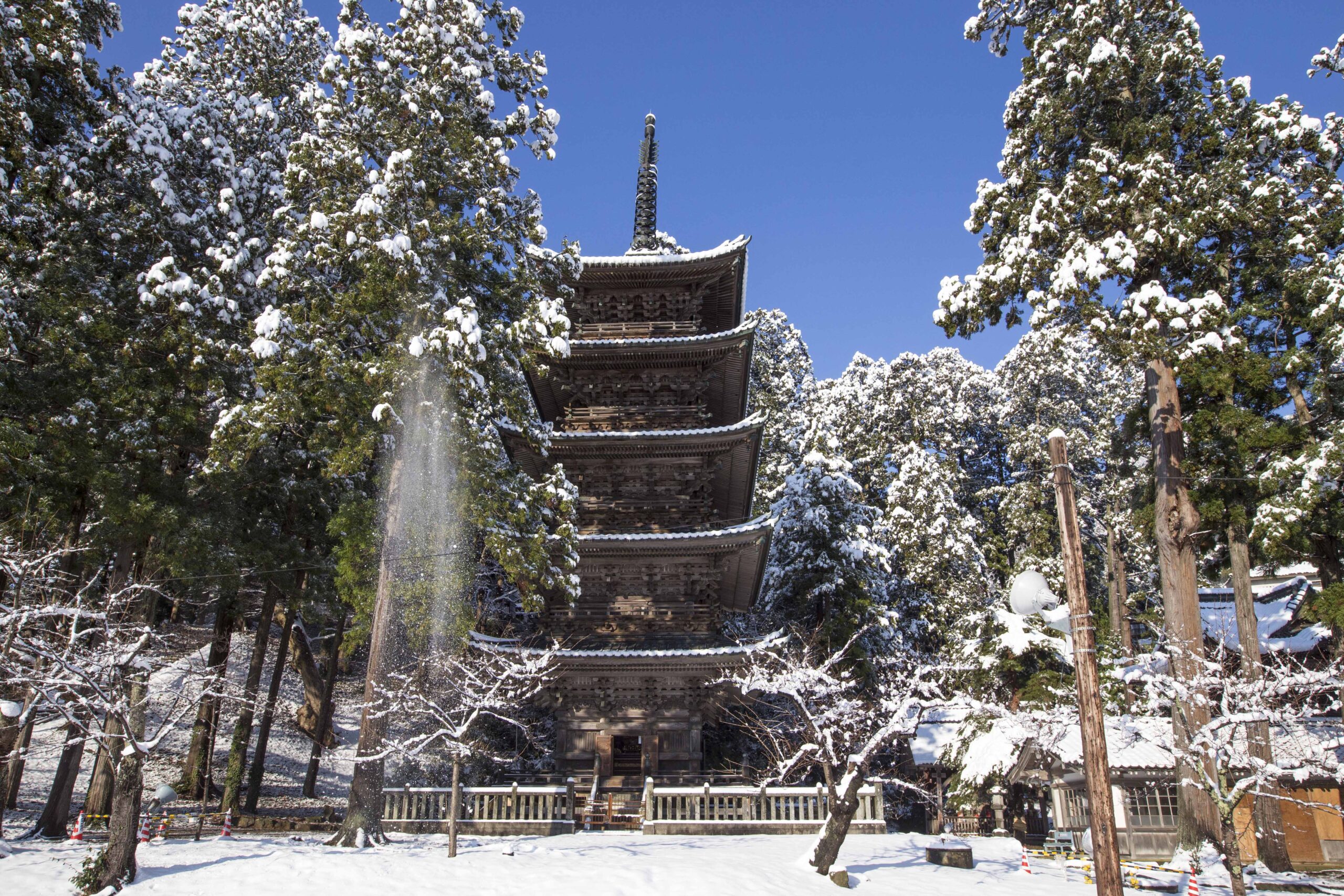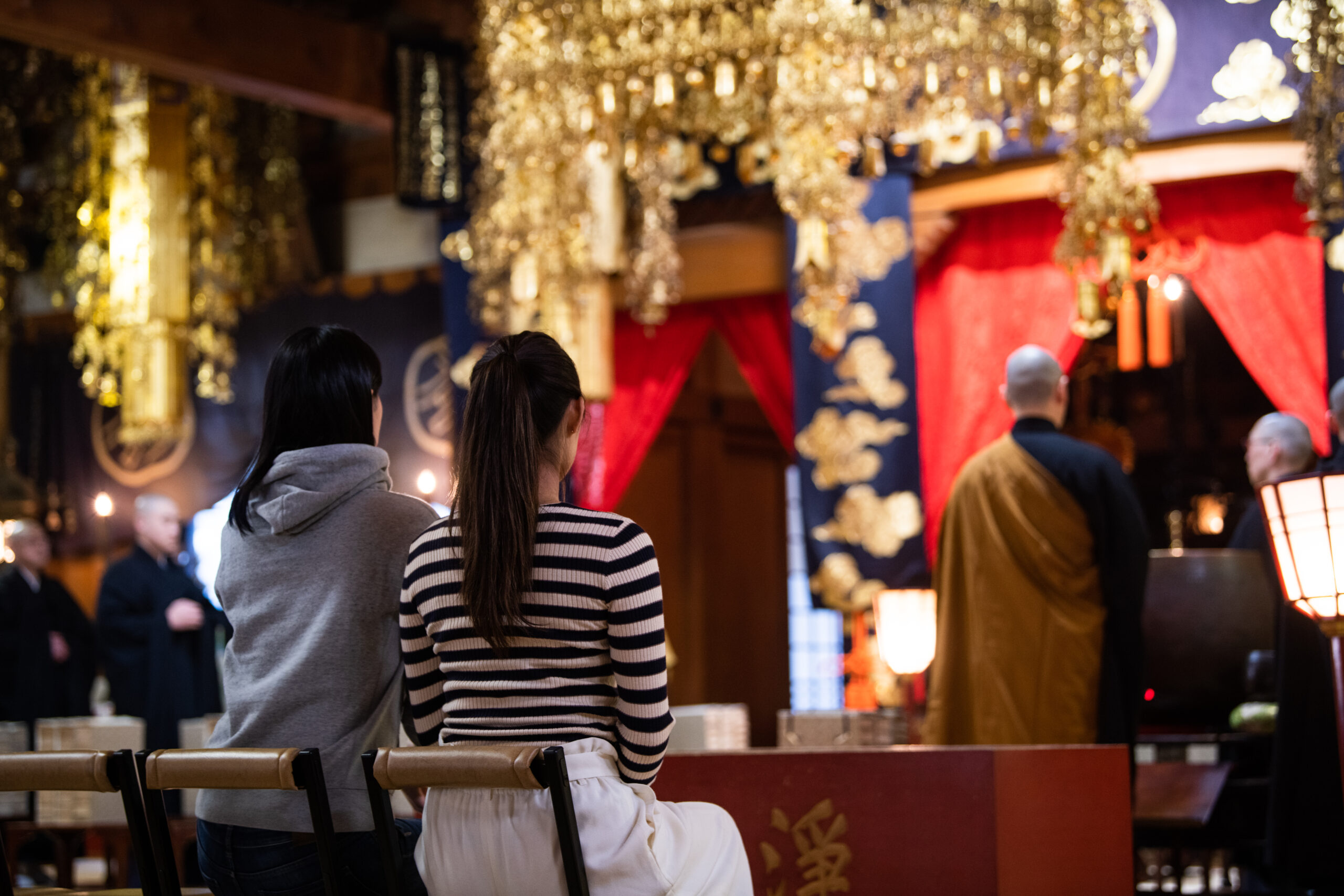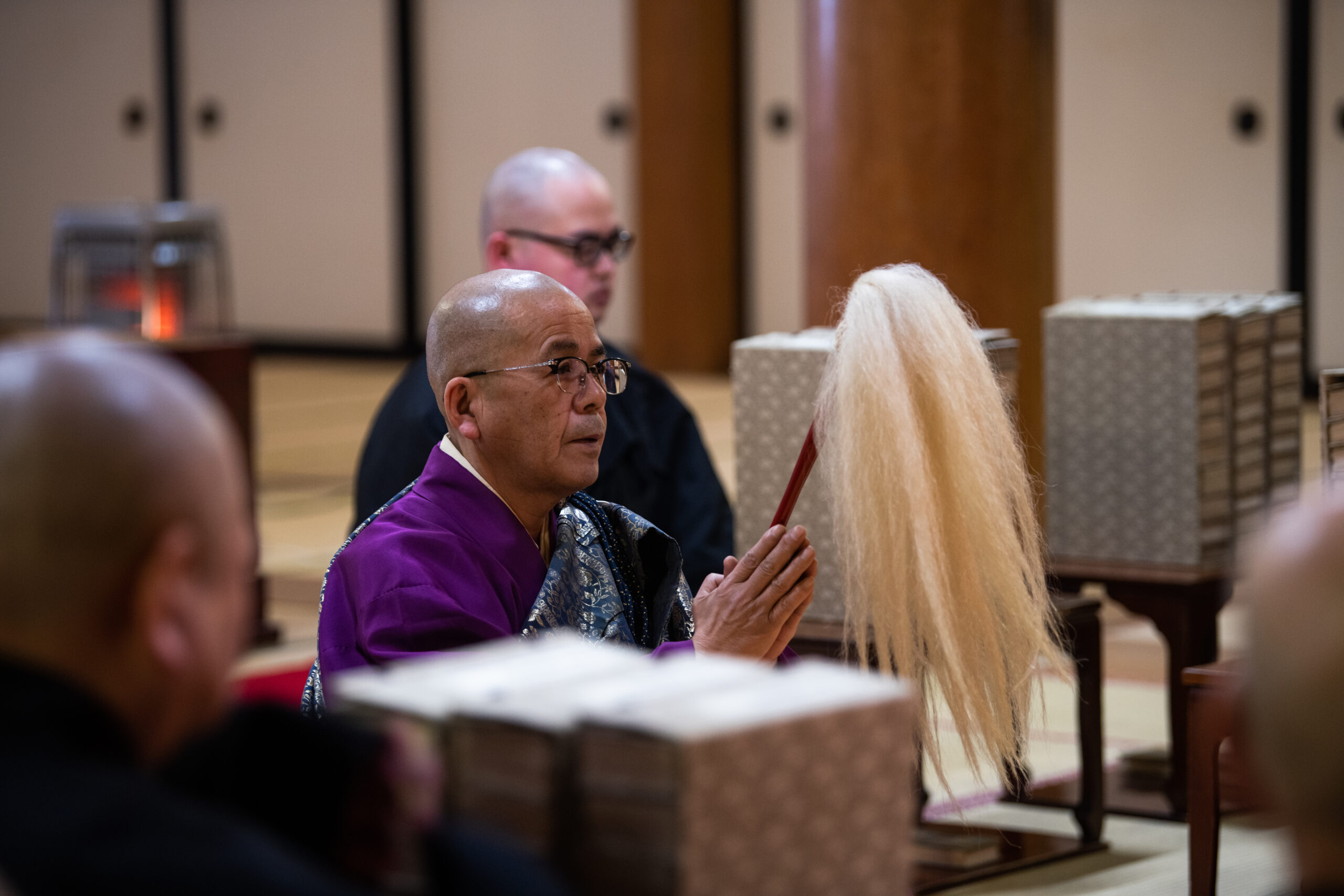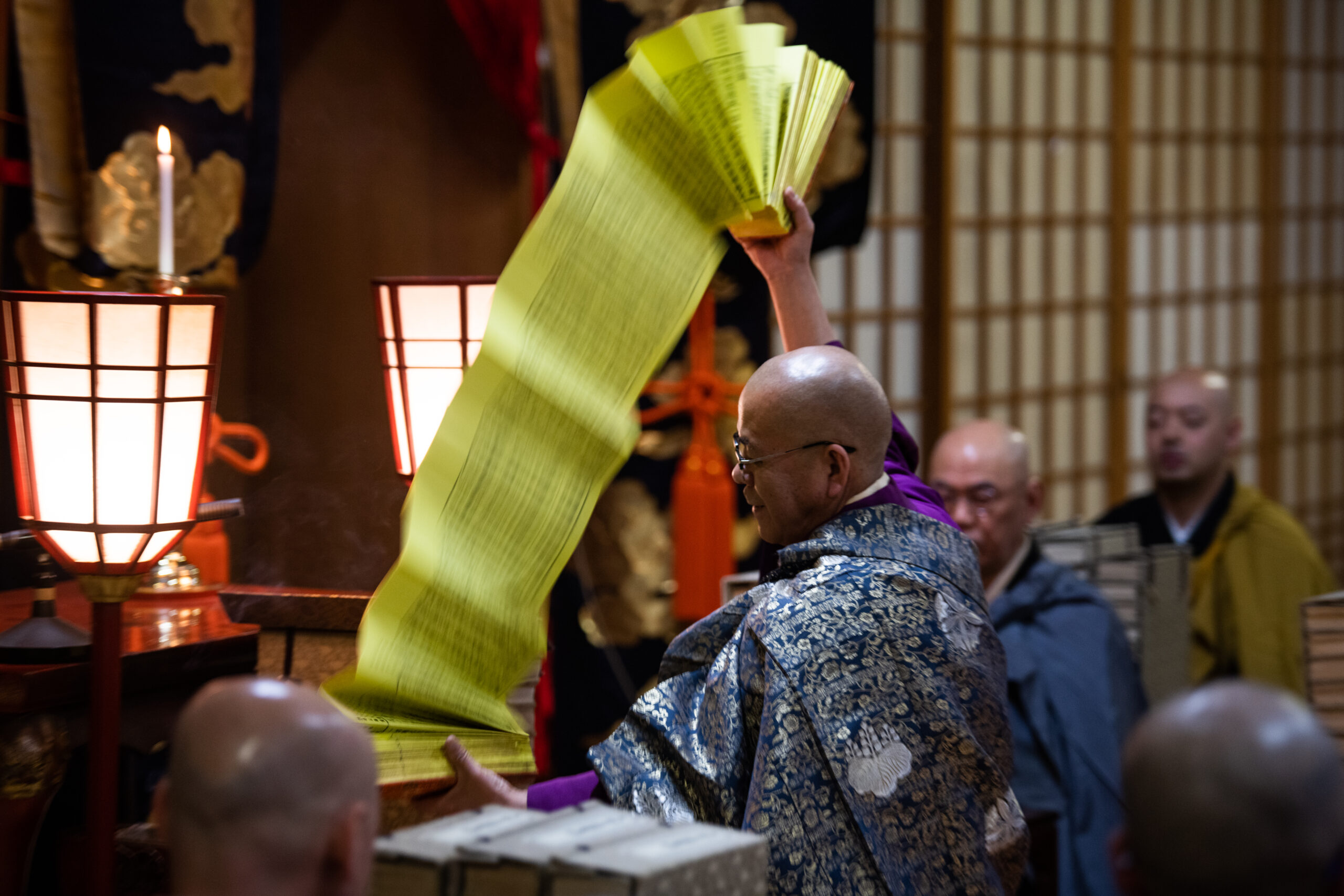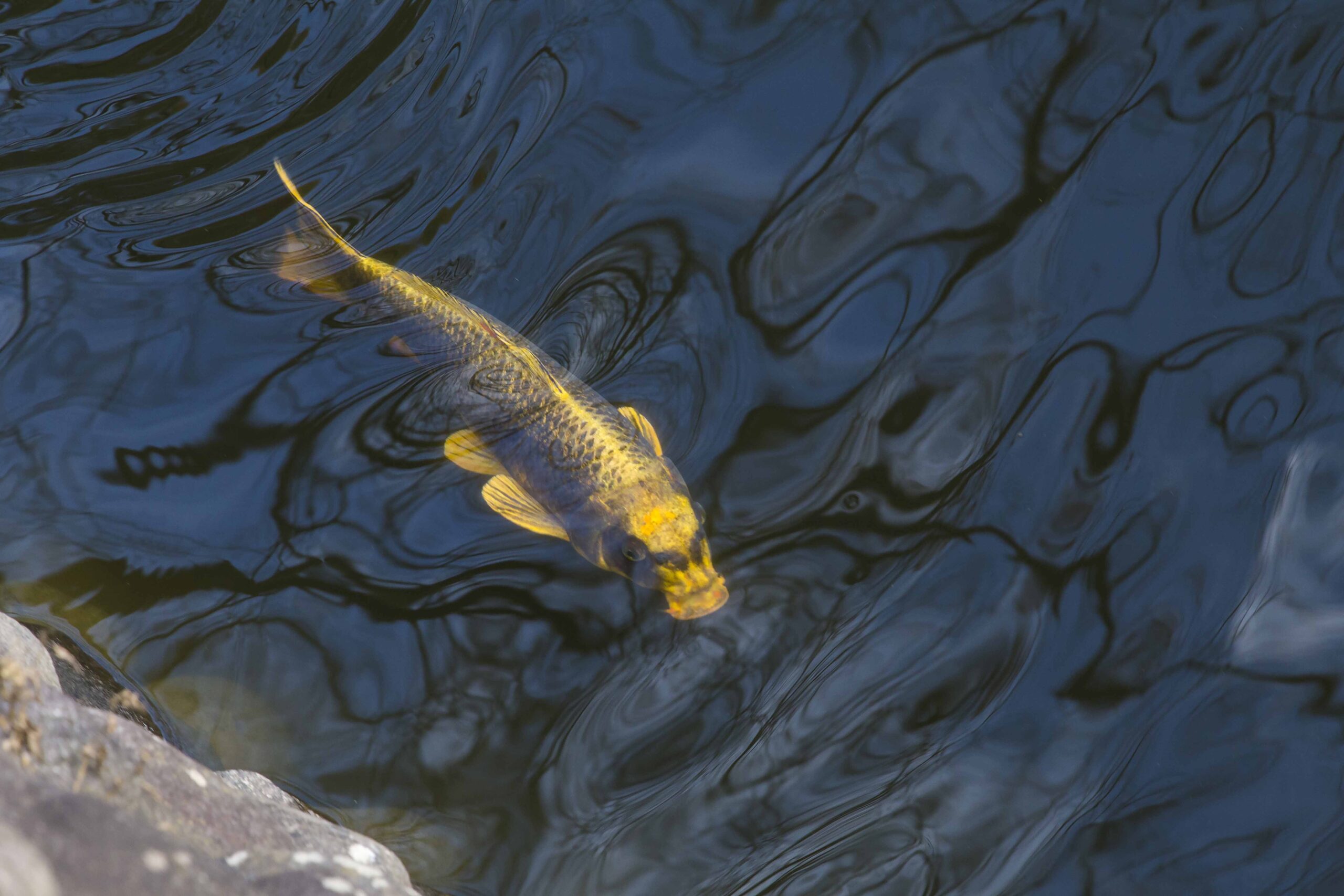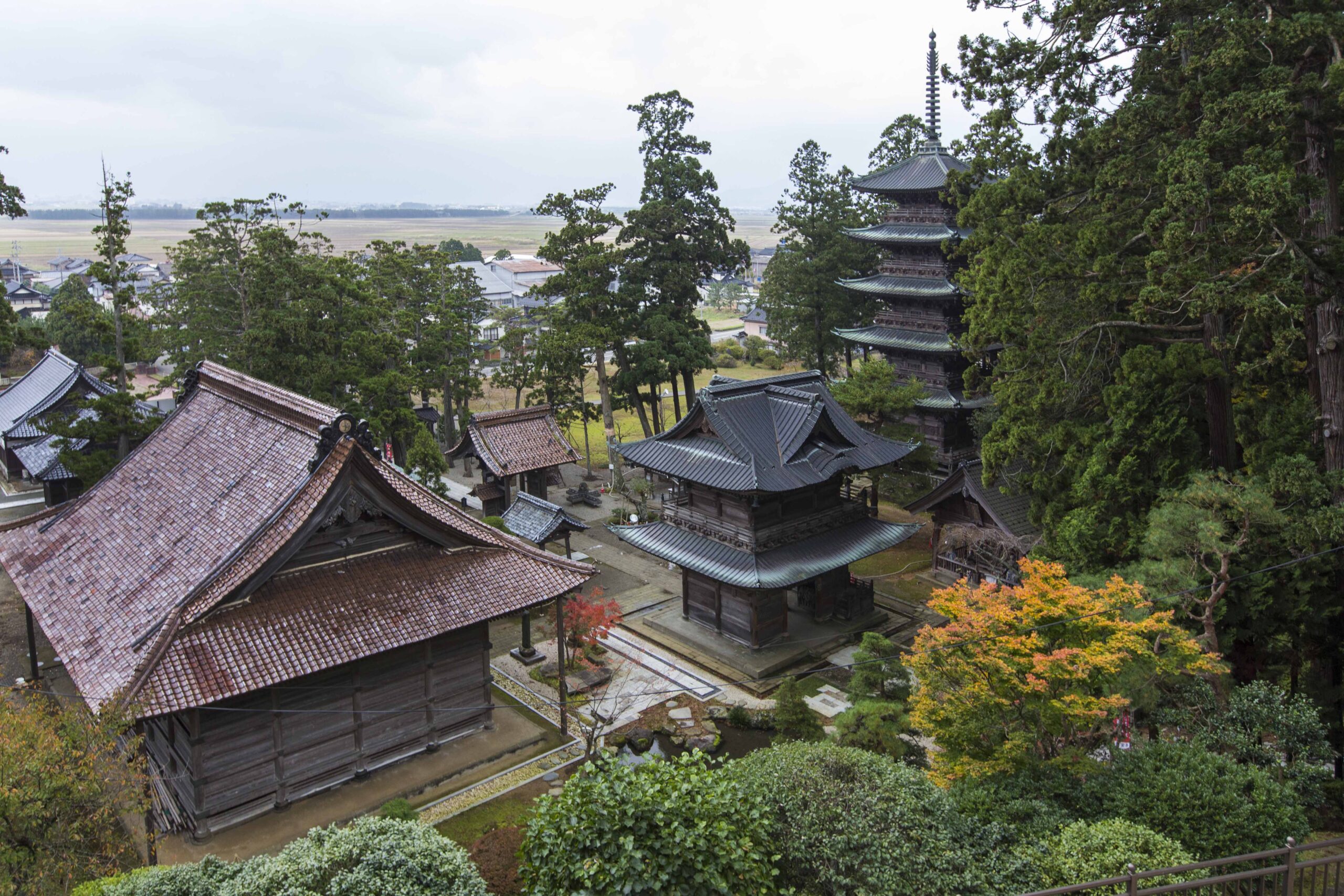
Zenpoji Temple 龍澤山善寳寺
Ryuoson Zenpoji holds a significant place among the Three Main Soto Zen Buddhist temples in Japan, standing alongside Myogonji Temple in Aichi Prefecture and Saijôji Temple in Kanagawa Prefecture.
Initially constructed in the 10th century, the temple was named Ryûgeji, translating to “the temple of the Lotus and the Dragon.” While it did not start as a Zen temple, the original name reflects the practice of dragon-god worship that has been integral to the temple since its inception. It underwent a transformation into Zen Buddhism in the 15th century, acquiring its current name, Zenpoji.
Being one of the oldest dragon-worshipping temples in the northern region, Zenpoji attracts many fishermen and sailors from the Tohoku region who come to pray to the dragon god. In Japanese culture, dragons are revered as water gods, believed to influence aspects such as fishing, healing, travel, agriculture, and fertility.
Zenpoji played a crucial role in the growth of the Kitamaebune maritime road during the 18th and 19th centuries. Travelers, including merchants and fishermen navigating by sea, sought the protection of the dragon god for their journeys. Generous donations from these visitors enabled the construction of the Gohyakurakan-dô in 855. This structure houses 531 statues known as “Gohyaku Rakan” or the “500 Arhats.” Each statue displays unique expressions and faces, providing a place for people to pay respects to their departed loved ones. This was especially meaningful at a time when individuals lacked visual representations like photographs for remembrance.
Information
| Access | Take the bus from Tsuruoka Station’s Bus Stop n°2 bound for Yunohama Onsen via Zenpoji Temple Get off the bus at Zenpoji temple Bus timetable: https://www.shonaikotsu.jp/english/tourism/yunohama_zenpoji_tt.html |
|---|---|
| Address | Sekine-100 Shimogawa, Tsuruoka, Yamagata 997-1117 |
| Phone number | 0235-33-3303 |
| Entrance fees | The visit of the exterior is free, but visiting the interior of the temple costs 500 yen |
| Open hours | The interior of the temple accepts visitors from 8:00 am to 4:00 pm |
| Prayer hour | 8:00 am 10:00 am 12:00 am 2:00 pm 4:00 pm (early morning prayer at 5:30 am available for overnight stays) |
| Closed days | Never |
| Official Website | http://ryuoson.jp/prayer/ |

